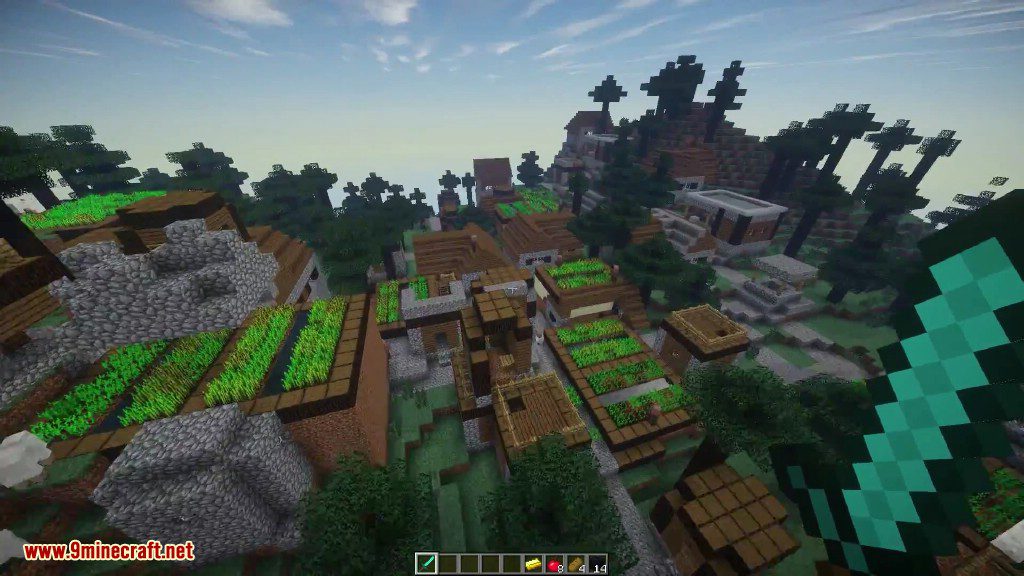How To View Application Support Library Mac
Home > Articles > Gadgets and Digital Lifestyle
Jan 12, 2020 It's not clear why Apple decided to hide the user's Library folder, but you have multiple ways to get it back: two Apple provides (depending on the version of OS X you are using) and one in the underlying file system. The method you use depends on whether you want permanent access to the Library folder or only when you need to go there. 
I can not find them under /Library/Application Support/Google/Chrome/; Where are they? Mac Pro 10.8.4 Chrome Version 26.0.1410.65. Jul 25, 2011 18 ways to view the /Library folder in Lion and Mountain Lion. That people unfamiliar with the inner workings of Mac OS X often open /Library and start. In /Library/Application Support.
- Find Large Files and Folders
How to check library mac. Is the.minecraft folder hidden on a Mac? Ask Question Asked 6 years, 9 months ago. Active 4 years, 8 months ago. Now, in Finder, click on your User folder, then Library, Then Application Support. Your Minecraft folder is listed here. To hide hidden files/folders in Finder execute this command in Terminal. Jun 08, 2007 Clean Out the Application Support Folder(s). There are general and user-specific application support folders (inside the Library folders in both user home folders and at the root level of the hard drive). If you delete an application, be sure to delete the associated support folder. View Your Cart Account Sign In.
Library Application Support Microsoft
Like this article? We recommend
Like this article? We recommend

In today’s world—in which we store movies and TV shows that can gobble up gigabytes of space for a single file (not to mention thousands or songs, photos, and other documents)—it can seem as if no hard drive offers enough storage space. Adding more storage space via an additional hard drive is a great option. For portable Mac owners, adding an external hard drive can be problematic because it reduces the portability of their computers (or at least their files). Replacing an existing internal hard drive is also an option. Depending on the Mac model, however, it can be a more costly upgrade than an additional hard drive because of the size requirements of the drive (particularly for portable Macs).
Mac Application Support Directory
A third option is to free up space on your existing hard drive. This may conjure up the idea of deleting files that you want to keep, but the truth is that there are a lot files on your hard drive that you won’t even notice if you get rid of them. What’s more, some of them take up surprisingly large amounts of space that you can easily reclaim.
Find Large Files and Folders
Deleting large files and folders seems like an obvious way to free up disk space. Sometimes it’s easy to spot files that are taking a lot of space, but not always. Documents that you might have downloaded or created months or years ago might escape your attention, particularly if they’re buried in some obscure location. You also might not think that some files or folders could be as large as they are. There are a number of utilities that allow you to view how much space specific files and folders are using quickly and easily. Disk Inventory X, WhatSize, Grand Perspective, and OmniDiskSweeper all fit this bill. Each can help you find large files without having to manually search through your hard drive and check the size of items that might be large. They also enable you to see the size of a number of application and Mac OS X system files that you might not otherwise consider removing.
Related Resources
- Book $55.99
- Book $55.99
- Book $55.99